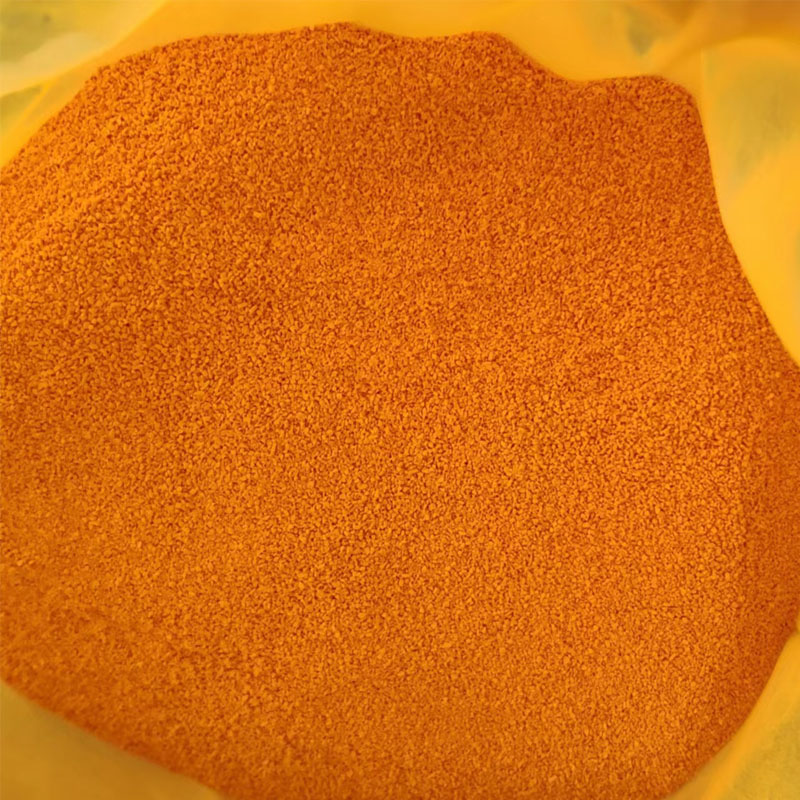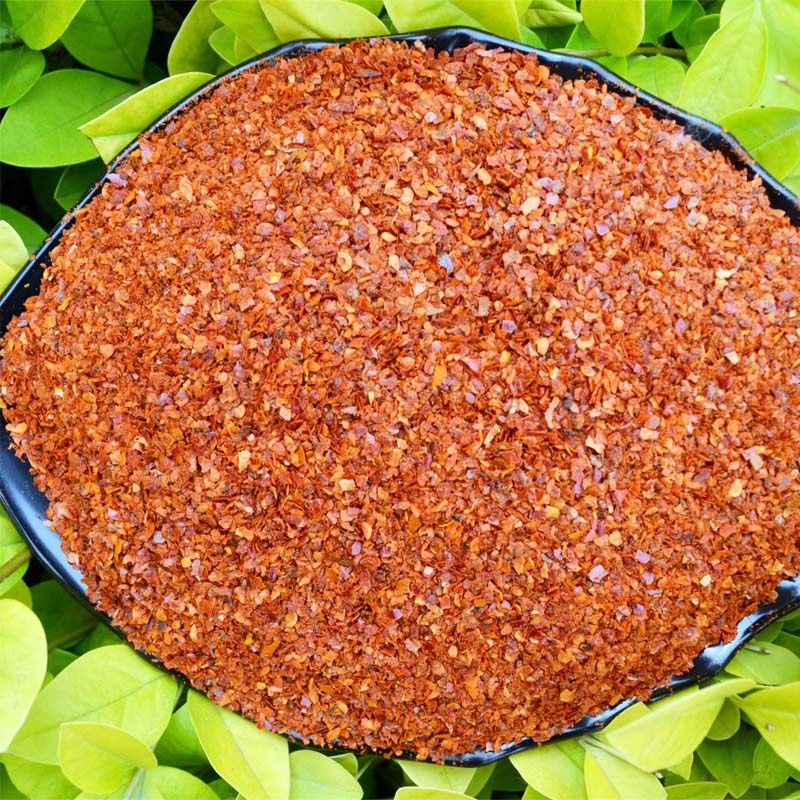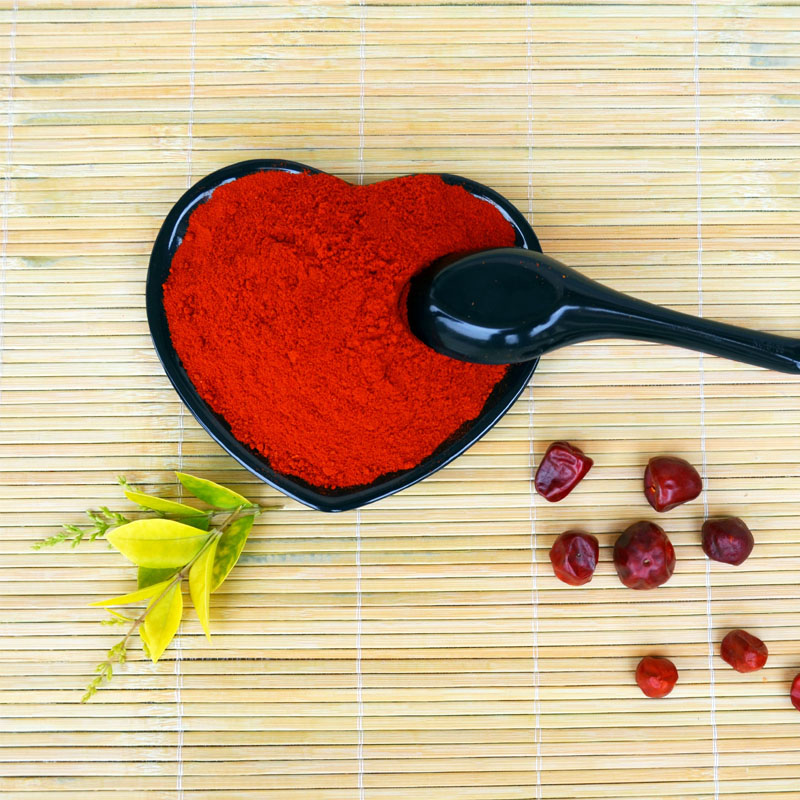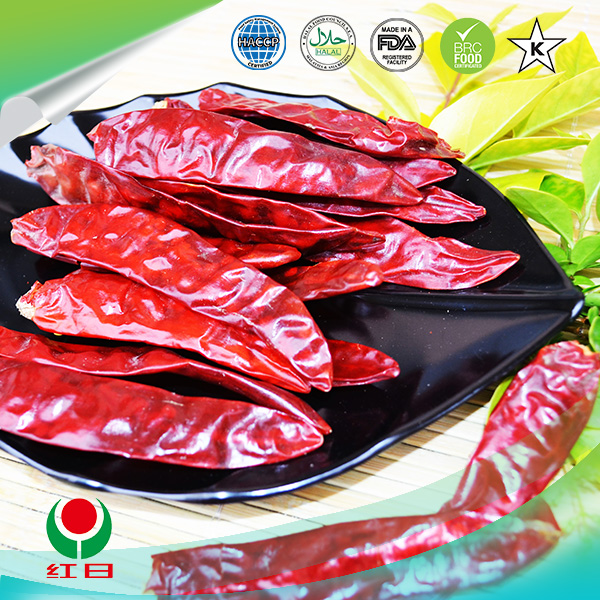- No. 268 Xianghe Street, Economic Development Zone of Xingtai city, Hebei 054001 China
- Byron@hbhongri.cn
dried peppers
The Allure of Dried Peppers A Culinary Journey
Dried peppers have a special place in the hearts of food enthusiasts and culinary experts around the globe. With their concentrated flavors, vibrant colors, and remarkable versatility, these tiny treasures can transform even the simplest of dishes into memorable culinary experiences. In this article, we will explore the rich history, the various types of dried peppers, their uses in cooking, and some tips for incorporating them into your meals.
A Rich History
The use of dried peppers can be traced back thousands of years to the ancient civilizations of the Americas. Indigenous peoples cultivated peppers, using them not only as a source of food but also for their health benefits. When explorers from Europe arrived in the New World, they were introduced to these spicy wonders. Over time, dried peppers spread across continents, finding their way into Asian, Mediterranean, and Middle Eastern cuisines. Their ability to preserve the essence of fresh peppers has made them a staple ingredient in many cultures.
Types of Dried Peppers
Dried peppers come in a wide range of varieties, each offering unique flavors, heat levels, and culinary uses. Some of the most popular types include
1. Ancho These dried poblano peppers are mild with a sweet, fruity flavor. Anchos are commonly used in Mexican dishes, especially in mole sauces and chili con carne.
2. Guajillo Known for their rich flavor and moderate heat, guajillo peppers are often used in salsas, soups, and marinades.
3. Chipotle This is a smoked and dried jalapeño pepper. Chipotles offer a smoky heat that adds depth to various dishes, making them a favorite in barbecue sauces, stews, and even chocolate desserts.
4. Cayenne Renowned for its intense heat, cayenne pepper is a common seasoning in spice blends, hot sauces, and a wide array of dishes that require a kick.
dried peppers

5. Arbol These small, red peppers pack a punch with their fiery heat. They are often used to make spicy oils and sauces, adding heat to dishes like salsas and tacos.
Culinary Uses
The culinary applications of dried peppers are virtually limitless. They can be rehydrated in hot water and used in sauces, stews, and soups, or ground into powders to season meats, vegetables, and grains. Dried peppers can also be added whole to infuse flavorful oils or vegetable preparations.
One popular method of using dried peppers is to create a paste, which serves as a flavorful base for many dishes. To make a simple chili paste, rehydrate a mix of anchos, guajillos, and chipotles, then blend them with garlic, vinegar, and spices for a condiment that can elevate tacos, enchiladas, or grilled meats.
Cooking Tips
When working with dried peppers, it’s essential to manage their heat and flavor. Start with a small amount, especially if you're trying a new variety. Remember that the heat can intensify after cooking, so it’s best to taste as you go. Additionally, make sure to remove any seeds or stems, as these parts can add bitterness.
Dried peppers can be stored in a cool, dark place for months or even years. To maintain their flavor, ensure they are kept in airtight containers away from direct sunlight.
Conclusion
Dried peppers are an indispensable ingredient in many kitchens, offering a rich tapestry of flavors and aromas. Whether you're a seasoned chef or a home cook exploring new culinary frontiers, incorporating dried peppers into your cooking will undoubtedly enhance your dishes. So next time you're in the kitchen, consider reaching for these vibrant, dried wonders and embark on a flavorful journey!
-
Capsicum frutescens oleoresin – High Purity, Food GradeNewsNov.17,2025
-
Capsicum Frutescens Oleoresin – Natural Heat & FlavorNewsNov.17,2025
-
Peppereka Powder – Fresh, Vibrant Color & Sweet AromaNewsNov.17,2025
-
Paprika Oleoresin | Natural Red Color, Heat & Flavor BoostNewsNov.17,2025
-
Pure Turmeric Extract 95% Curcumin | Potent, Lab-TestedNewsNov.17,2025
-
Red Papper Pods – Premium Sun-Dried, Bold Heat & AromaNewsNov.10,2025







